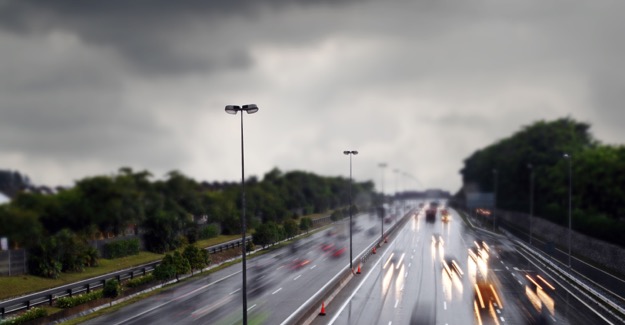Cameras cut death and injury
The use of average speed cameras has been found, on average, to cut the number of crashes resulting in death or serious injury by more than a third.
Research for the RAC Foundation by Road Safety Analysis found that on average – having allowed for natural variation and overall trends – the number of fatal and serious collisions decreases by 36% after average speed cameras are introduced.
The average reduction in personal injury collisions of all severities was found to be 16%.
By the end of 2015 there were at least 50 stretches of road in Great Britain permanently covered by average speed cameras keeping a total length of 255 miles (410 km) under observation.
The 50 stretches range in length from under half a mile in Nottingham to 99 miles (159 km) on the A9 between Dunblane and Inverness in Scotland.
Many of these stretches of road will be monitored by several sets of cameras.
The first stretch of road to become permanently managed by average speed cameras was on the A6514 Ring Road in Nottingham back in 2000. At least 12 systems were installed last year alone.
A full list of those stretches of road in Great Britain with average speed cameras covered by this study follows at the end of this press release.
One reason for the increase in usage has been the reduction in the installation costs of permanent average speed cameras. The cost of permanent average speed cameras is now typically around £100,000 per mile, compared with around £1.5m per mile in the early 2000s.
Some of the older spot speed cameras – commonly known as Gatso cameras – have been around for 25 years and still use 35mm film. As they come to the end of their operating lives they are starting to be replaced, in some cases with average speed camera systems.
In August this year, for example, West Midlands Police turned on average speed camera systems on eight stretches of roads in Birmingham and Solihull. This was three years after the old-style, wet-film, Gatso cameras were turned off.



